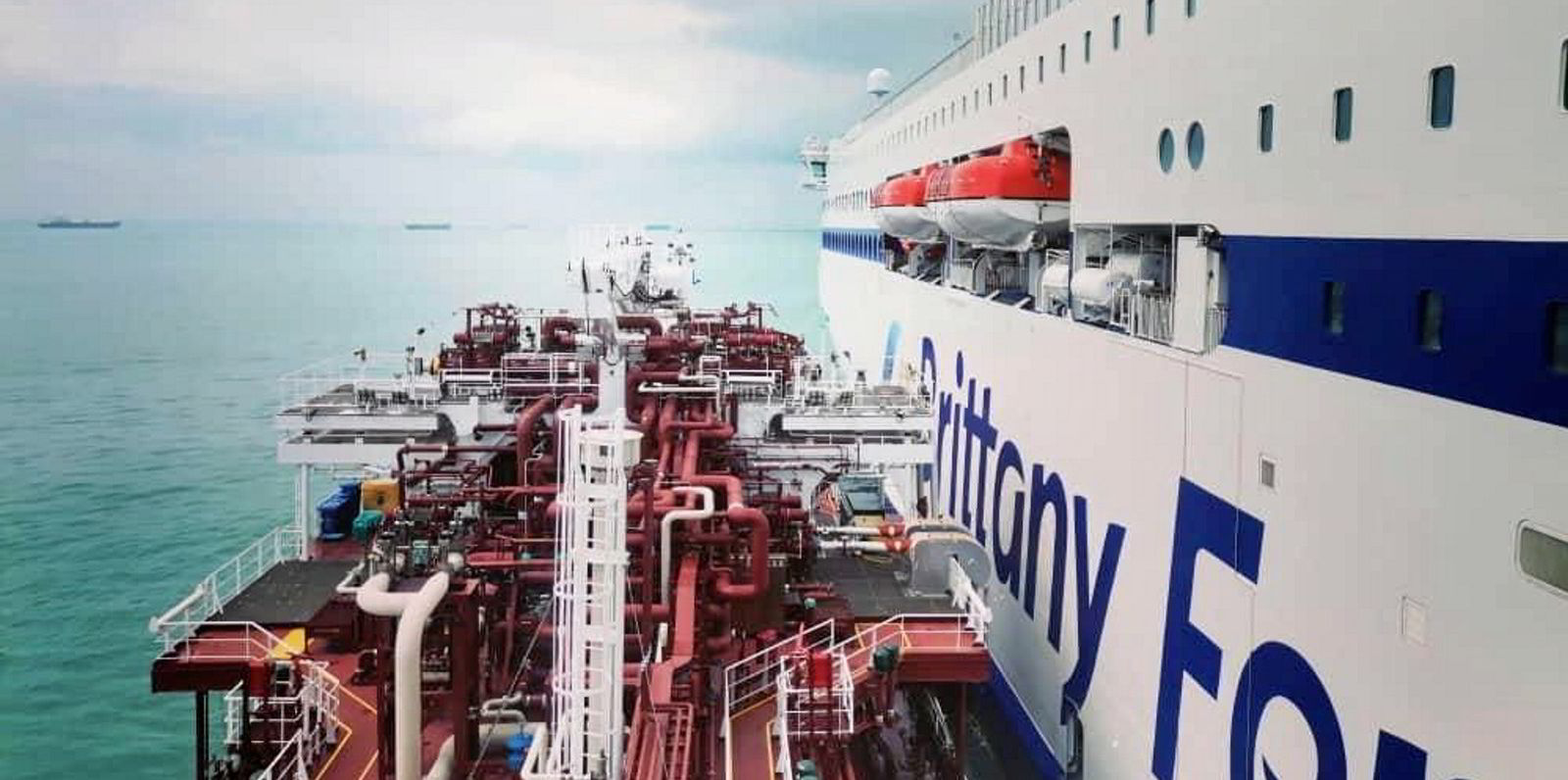A first guide on the use of ammonia as a marine fuel will be published this year by the Society for Gas as a Marine Fuel (SGMF), which has just completed the third version of its initial cornerstone publication on LNG fuelling.
SGMF general manager Mark Bell told TradeWinds that it will be an introductory guide but added that the information is more difficult to obtain for ammonia than for LNG as it is an emerging sector.
He said green ammonia is perhaps the only future marine fuel that has the potential to get the industry to absolute-zero — but it is not yet available.
Bell said it will be important for SGMF's environmental committee to look at the emissions performance of ammonia on a well-to-wake and well-to-tank basis, as it has for LNG. A full lifecycle analysis will be undertaken this year.
Boxset lynchpin
Bell was speaking after SGMF announced it had published the third revision of its first publication, LNG as a marine fuel — Safety and Operational Guidelines — Bunkering.
The society published the first version in 2014, revising it two years later with additional information.
Bell said the third, 227-page revision draws on the operational experience that the industry has gained from thousands of LNG bunkering operations.
Bell described the latest iteration as the “flagship”, “cornerstone” and “lynchpin” of SGMF's LNG outputs.
He said it is targeted at the whole spectrum of players that might be involved in the value chain from providers, to users, operators, regulators and trainers.
“There is something in here for you,” he told those working in the industry.

Good practice
The revised guide covers all the different stages of LNG fuelling, including design of LNG bunker vessels, planning and preparation for operational stages and their locations. He said it also gives examples of good practice.
SGMF chairman and Nakilat chief operating officer Samir Bailouni said: “The information contained in this publication is gold dust for anyone bunkering an LNG fuelled ship. These practices and insights are collated from the best the industry has to offer.”
Bell said SGMF, which now boasts a membership of 148 and is growing, offers what he dubs “a boxset” for the use of LNG as a marine fuel, which includes 16 manuals, comprising 12 formal booklets and four technical guidance notices.
While these will undergo ongoing updates, he said SGMF will now transpose this work over to other fuels and do the same for ammonia and hydrogen.






